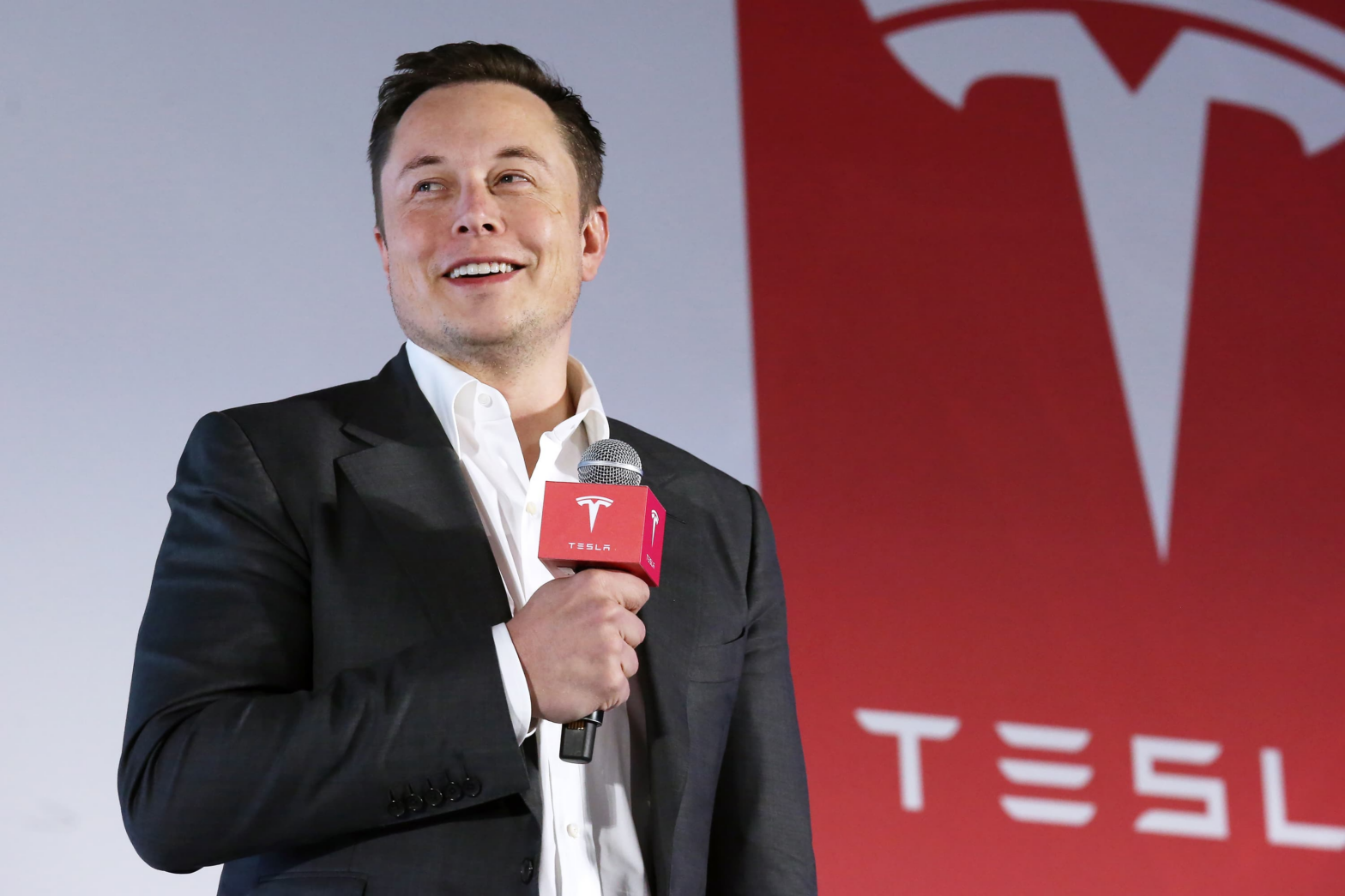Introduction: In the ever-evolving landscape of automotive technology, one company stands out for its commitment to pushing the boundaries of innovation: Tesla Motors. From electric vehicles to autonomous driving capabilities, Tesla has been at the forefront of transforming the way we think about cars. In this blog, we’ll delve into the fascinating journey of how Tesla develops its groundbreaking cars, exploring the key elements that make them pioneers in the automotive industry.

Visionary Leadership: At the heart of Tesla’s success is visionary leadership, spearheaded by CEO Elon Musk. Musk’s relentless pursuit of a sustainable future and passion for cutting-edge technology have been instrumental in shaping Tesla’s goals. His emphasis on accelerating the world’s transition to sustainable energy is reflected in every aspect of the company’s car development process.
Electric Powertrain Innovation: One of Tesla’s most significant contributions to the automotive industry is its revolutionary electric powertrain technology. Unlike traditional vehicles that rely on internal combustion engines, Tesla’s cars are powered by electric motors. The development of high-performance electric drivetrains has not only redefined the driving experience but has also played a pivotal role in reducing carbon emissions.

Battery Technology: Central to the success of electric vehicles is advanced battery technology. Tesla has consistently invested in research and development to improve the energy density, performance, and cost-effectiveness of its batteries. The Gigafactories, sprawling facilities dedicated to battery production, are a testament to Tesla’s commitment to mass-producing high-quality batteries for its growing fleet of vehicles.
Autopilot and Full Self-Driving Capabilities: Tesla has been a trailblazer in the realm of autonomous driving. The Autopilot feature, introduced in 2015, marked a significant step toward self-driving capabilities. Over the years, Tesla has continued to enhance its Autopilot system through over-the-air software updates, bringing it closer to the elusive goal of full self-driving. This iterative approach allows Tesla to continuously improve the capabilities of its vehicles, providing a unique experience for owners.
Over-the-Air Software Updates: A distinguishing feature of Tesla’s approach to car development is its use of over-the-air software updates. This capability enables Tesla to push updates to vehicles remotely, enhancing performance, adding new features, and addressing safety concerns. This dynamic approach to software development sets Tesla apart from traditional automakers, allowing them to keep their vehicles at the cutting edge of technology.
Sustainable Design and Materials: Tesla prioritizes sustainability in both its energy solutions and vehicle production. The company incorporates recycled materials in its car interiors and aims for a minimal environmental impact throughout the manufacturing process. The sleek design of Tesla vehicles not only contributes to their aesthetic appeal but also plays a role in optimizing aerodynamics and energy efficiency.
Conclusion: Tesla Motors’ commitment to innovation, sustainability, and a bold vision for the future has reshaped the automotive industry. From electric powertrains to autonomous driving capabilities, Tesla’s approach to car development exemplifies the potential for transformative change within the industry. As the world moves toward a more sustainable and technologically advanced future, Tesla continues to lead the charge, setting new standards for what’s possible on the road.
